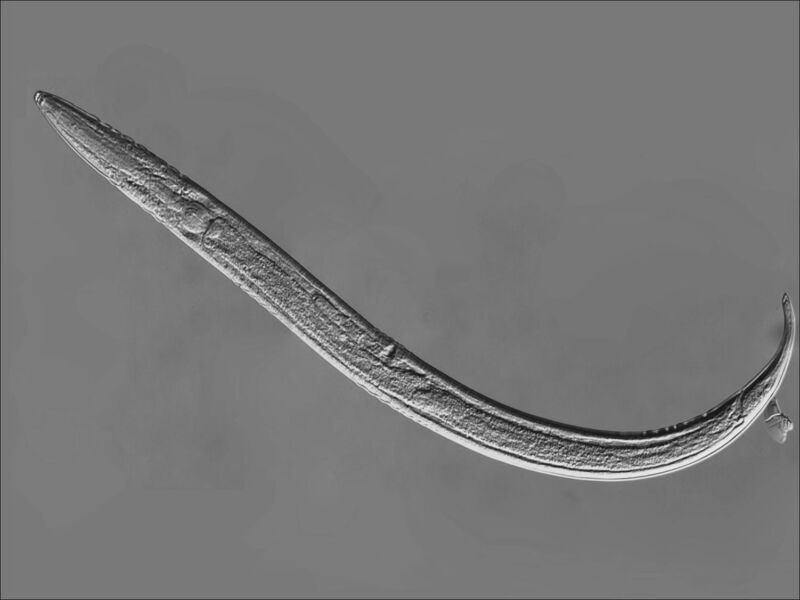Tracking the genes that turn a fungus into a carnivore

Enlarge / The fungus’ favorite food. (credit: Bishwo Adhikari, Brigham Young University)
Some of the scariest monsters are microscopic. The carnivorous fungus Arthrobotrys oligospora doesn’t seem like much while it’s eating away at rotting wood. But when it senses a live worm, it will trap its victim and consume it alive—pure nightmare fuel.
Until now, not much was known about how the attack of the killer fungus happens on a molecular level. Researchers from Academia Sinica in Taiwan have finally found out how the gene activity of the fungus changes when a nematode creeps too close to A. oligospora. Led by molecular biologist Hung-Che Lin, the research team discovered that the fungus synthesizes a sort of worm adhesive and additional trapping proteins to get ahold of its meal. It then produces enzymes that break down the worm so it can start feasting.
Caught in a trap
A. oligospora lives in the soil and is mostly saprotrophic, meaning it feeds on decaying organic matter. But that can quickly change if it finds itself deprived of nutrients or senses a tempting nematode nearby. This is when it goes into carnivore mode.


